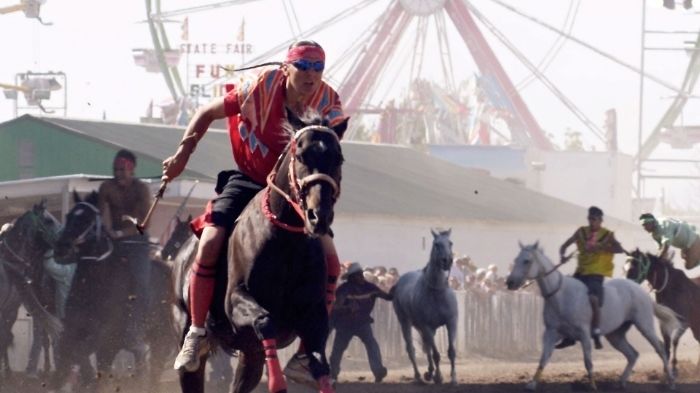When we think of extreme sports we think of climbing, speed and jumping. What if there were an extreme sport that has existed long before extreme sports are commonly known to us today? All Nations Relay Championship, a.k.a. Indian Relay, is America’s oldest competition and can be considered one of the very first extreme sports to ever have existed. It is a sport done mostly by Indians who reside in the Northern Plains of America. Indian Relay consists of three horses and four men. One rider rides all three horses bareback, one mugger stops the incoming horse, two holders, one who sets up the horse to be exchanged, and the back holder who controls the extra horse.
The Origin:
The sport originated in North America and appears to be growing in numbers again, gaining in popularity and interest amongst today’s extreme sports enthusiast. Taking place at the Sheridan County Fairgrounds in September, the event hosts 30 teams that represent the following Indian Tribes: Brule, Cheyenne River Sioux, Oglala, Crow, Blackfeet, Northern Cheyenne, Arapahoe, Nakota, Colville, Bannock, Shoshone and Omak Indian Nations. Each Nation will be competing for over $50,000 in prizes.
The concept may be simple but when being executed, is in no way way easy. Racing horses as fast as they can go and leaping from one galloping horse to the other is extremely difficult and reason being as to why this sport is considered an extreme sport. Riders are warriors who defy gravity and fear to be replaced with an ultimate display of courage and skill.

The Process:
The race starts in front of the grandstands. Indian racers ride bareback, with no saddles, helmets, goggles or any other safety equipment. Riding horses as fast as they can like wild daredevils, zipping around the turns of an oval track, it’s incredible how they remain mounted. The rider takes the horse once round the racetrack and comes in for the first horse exchange. Once going round the track, the rider comes in for the second exchange followed by the third and then the final finish on the last. It’s a rapid, aggressive and seat gripping affair that will leave a lump in your throat because it appears as though at any second, a rider can fly right off the horse he is riding. This fly by the seat of your pants feeling, is what makes Indian Relay Racing such a gratifying experience.
This is a once in a life time historical spectator event held annually in Sheridan.

















